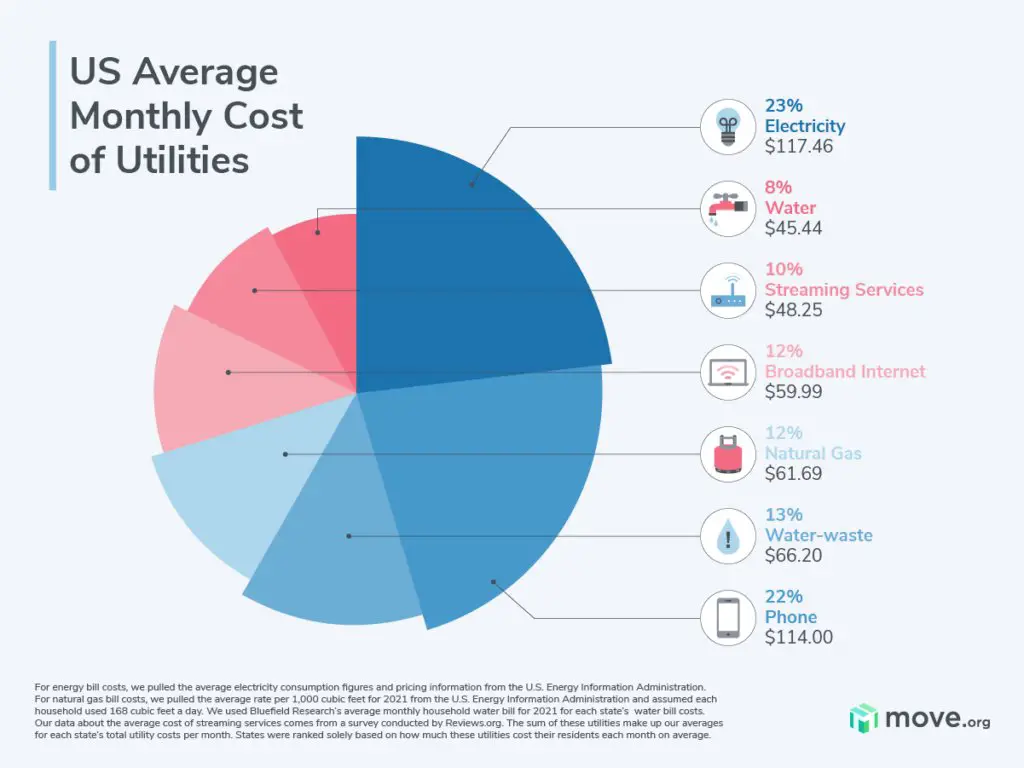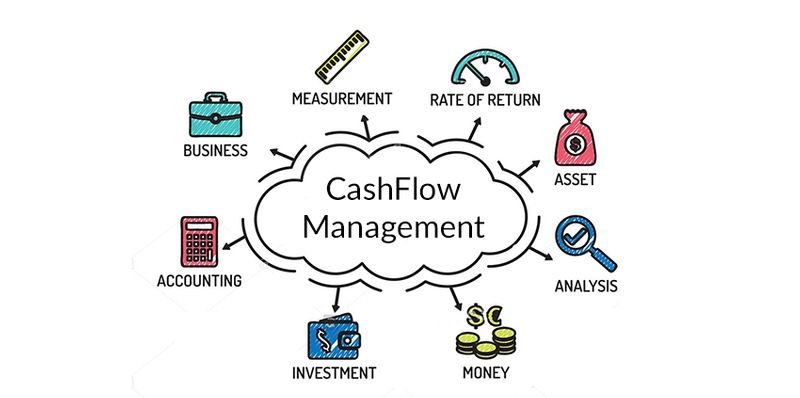Winter can bring a chill to both the air and your wallet, as utility bills tend to skyrocket. But fear not, for I am here to help you navigate the daunting task of budgeting for utility bills in winter. We all want to stay warm and cozy during the colder months without breaking the bank, and that’s exactly what this article aims to assist you with. So, if you’re wondering how to budget for utility bills in winter, look no further! Let’s dive into some practical tips and strategies that will ensure you stay comfortable while keeping your expenses in check.
How to Budget for Utility Bills in Winter
Winter brings many joys, from cozy evenings by the fire to snowball fights and hot cocoa. However, it also comes with increased energy consumption and higher utility bills. As the temperature drops, it’s essential to budget wisely to avoid any financial surprises. In this comprehensive guide, we’ll explore various strategies and tips to help you budget effectively for utility bills during the winter months.
1. Assess Your Current Utility Usage
Before you can create an effective budget, it’s important to understand your current utility consumption. Begin by collecting your utility bills from the previous winter months and analyze your usage patterns. Look for any significant fluctuations or unexpected spikes in your bills. This information will help you identify areas where you can potentially save money.
1.1 Identify High-Consumption Appliances
Some appliances and devices tend to consume more energy than others. By identifying these energy hogs, you can take targeted actions to reduce their usage or replace them with more energy-efficient alternatives. Here are a few common culprits:
- Older model refrigerators
- Inefficient heating systems
- Space heaters
- Electric water heaters
- Inefficient light bulbs
1.2 Conduct a Home Energy Audit
Consider conducting a home energy audit to pinpoint areas of energy loss or inefficiency. You can hire a professional energy auditor or perform a DIY audit. During the audit, pay attention to:
- Insulation: Check for gaps, leaks, or insufficient insulation in your walls, attic, and windows.
- Weatherstripping: Inspect the seals around doors and windows to ensure they are tight and free of drafts.
- Heating and cooling systems: Assess the efficiency of your HVAC system and ensure it is properly maintained.
- Appliances and electronics: Look for energy-efficient models and unplug devices when not in use.
2. Create a Winter Utility Budget
Now that you have a clear understanding of your past utility usage, it’s time to create a budget specifically tailored to winter. Follow these steps to get started:
2.1 Estimate Your Monthly Utility Costs
Start by estimating your monthly utility costs based on your previous winter billing records. Take into account any anticipated changes in your energy consumption, such as new appliances or additions to your household. Divide the annual cost by 12 to determine your monthly budget.
2.2 Consider Seasonal Variations
Remember that utility costs are not uniform throughout the year. Winter months generally come with higher heating costs, while summer months may require more air conditioning. Consider these seasonal variations and allocate a larger portion of your budget to cover winter utility bills.
2.3 Set Realistic Goals
When setting your budget, be realistic about your consumption habits and financial capabilities. It’s important to strike a balance between reducing energy usage and maintaining a comfortable living environment. Set achievable goals that align with your lifestyle and financial situation.
3. Implement Energy-Saving Measures
Reducing your energy consumption is key to managing your winter utility bills. Here are some energy-saving measures you can implement:
3.1 Adjust Your Thermostat
Lowering your thermostat by just a few degrees can significantly reduce your heating costs. Consider setting it between 68-70°F during the day and lower it further at night or when you’re away from home. Investing in a programmable thermostat can automate this process and optimize energy usage.
3.2 Maximize Natural Heat
Take advantage of natural heat sources during the daytime. Open curtains and blinds to let sunlight in, especially on south-facing windows. Ensure all windows are properly sealed to prevent heat loss.
3.3 Insulate Your Home
Improving your home’s insulation can lead to substantial energy savings. Consider adding insulation to your walls, attic, and basement. Seal any gaps or cracks around windows, doors, and electrical outlets. Use draft stoppers to reduce heat loss under doors.
3.4 Upgrade to Energy-Efficient Appliances
Replace old, inefficient appliances with Energy Star certified models. These appliances are designed to consume less energy without compromising performance. Look for the Energy Star label when purchasing new refrigerators, ovens, washing machines, and water heaters.
3.5 Unplug or Use Power Strips
Many electronic devices continue to use energy even when turned off. Unplug devices when not in use or use power strips that can be easily switched off. This simple habit can help reduce “phantom” energy consumption.
4. Monitor and Adjust Your Usage
Creating a winter utility budget is a proactive step, but it’s equally important to monitor your usage regularly. Keep an eye on your energy bills and adjust your habits as needed. Here are a few tips to help you stay on track:
4.1 Track Your Energy Usage
Monitor your energy usage using your utility provider’s online tools or smart meters. These tools allow you to track your consumption in real-time and identify any unexpected spikes.
4.2 Be Mindful of Energy Usage Habits
Encourage energy-saving behaviors within your household. Teach family members to turn off lights when leaving a room, unplug chargers, and limit their shower time. Small changes in daily habits can add up to significant savings.
4.3 Adjust as Necessary
If you notice your utility bills are surpassing your budget, reassess your usage habits. Identify areas where you can make additional adjustments, such as reducing shower times or lowering the thermostat a bit more. Regularly reviewing and fine-tuning your energy-saving efforts will help you stay within your budget.
In conclusion, budgeting for utility bills in winter requires careful planning and conscious effort to reduce energy consumption. By assessing your current usage, creating a winter utility budget, implementing energy-saving measures, and monitoring your usage, you can effectively manage your winter utility bills without breaking the bank. Stay mindful of your habits and make adjustments as necessary to achieve a comfortable and cost-effective winter season.
How To Save On Utility Bills With Simple Home Hacks | TODAY
Frequently Asked Questions
Frequently Asked Questions (FAQs)
How can I budget for utility bills in winter?
1. What are some tips for budgeting for utility bills in winter?
2. How can I estimate my winter utility expenses?
3. Are there any energy-saving strategies I can implement to reduce my winter utility bills?
4. Should I consider making any home improvements to increase energy efficiency during winter?
5. Are there any government programs or initiatives that can help me with my winter utility bills?
6. How can I track my winter energy usage to better budget for utility bills?
7. Is it advisable to switch energy providers during winter to save money?
8. What are some common mistakes to avoid when budgeting for winter utility bills?
Final Thoughts
Budgeting for utility bills in winter is crucial for managing your expenses effectively. Start by analyzing your previous winter bills to get an idea of your average usage and costs. Next, identify areas where you can conserve energy, such as turning down the thermostat and using energy-efficient appliances. Set a realistic budget based on your income and prioritize essential expenses. Consider enrolling in budget billing programs offered by utility companies to spread out your payments evenly throughout the year. By following these steps and being mindful of your energy usage, you can successfully budget for utility bills in winter.



